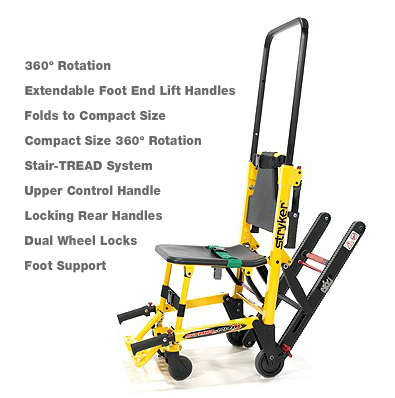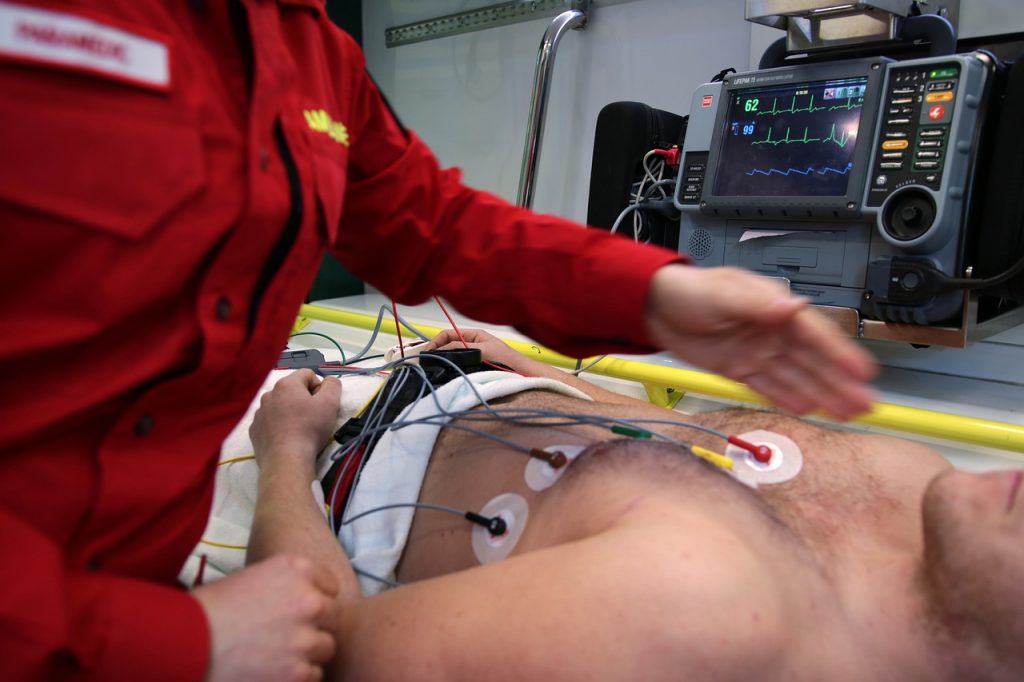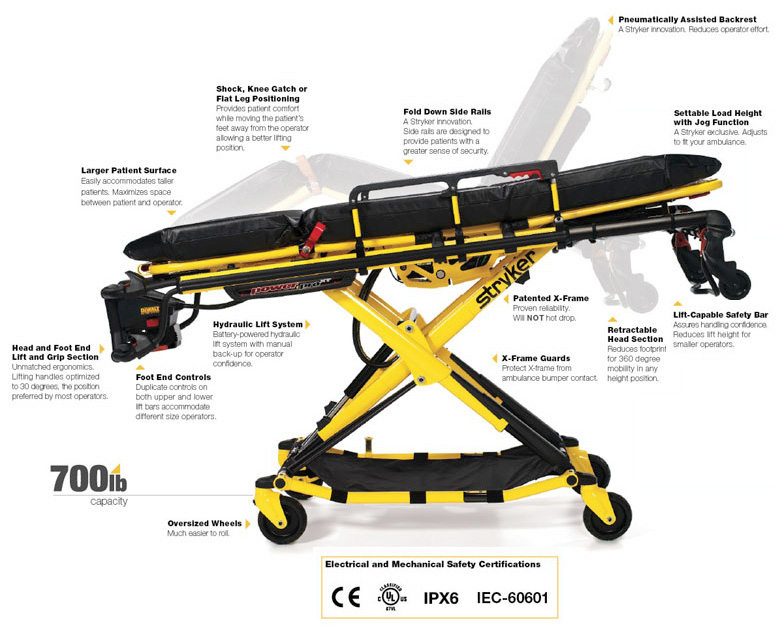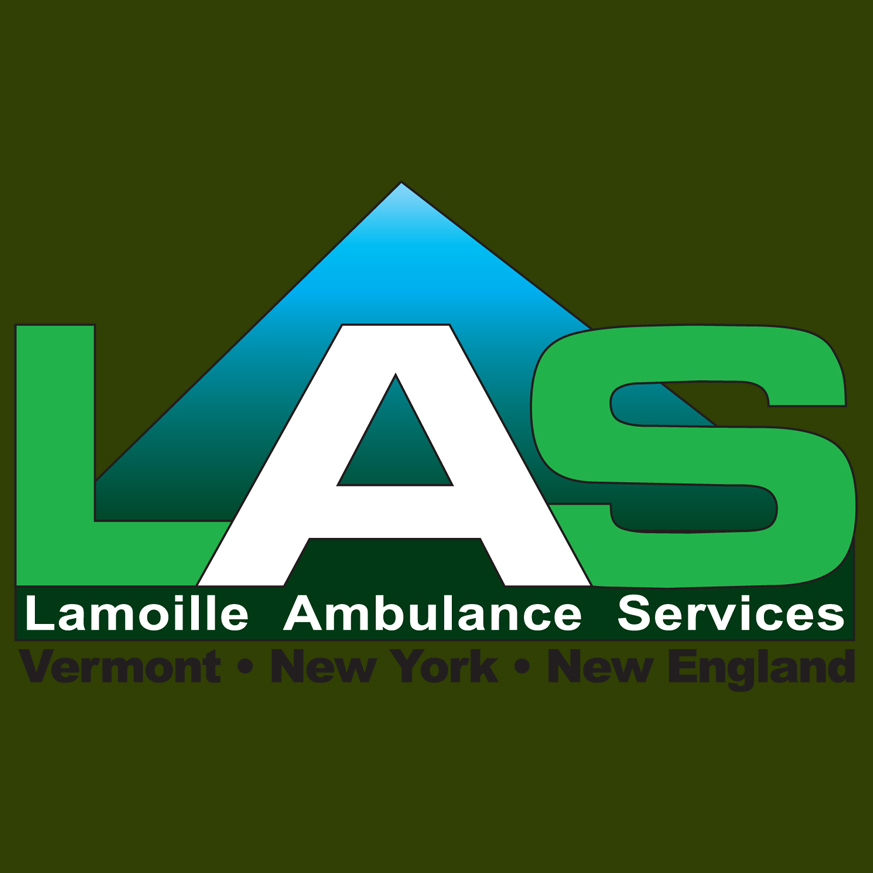Lamoille Ambulance Services provides all seven levels of ground ambulance transport, including BLS (Basic Life Support) and ALS (Advanced Life Support) ambulance transportation.

Basic Life Support (BLS) – Basic life support (BLS) is transportation by ground ambulance vehicle and the provision of medically necessary supplies and services, including BLS ambulance services as defined by the State. The ambulance must be staffed by an individual who is qualified in accordance with State and local laws as an emergency medical technician-basic (EMT-Basic). These laws may vary from State to State or within a State. For example, only in some jurisdictions is an EMT-Basic permitted to operate limited equipment onboard the vehicle, assist more qualified personnel in performing assessments and interventions, and establish a peripheral intravenous (IV) line.
Basic Life Support (BLS) – Emergency – When medically necessary, the provision of BLS services, as specified above, in the context of an emergency response. An emergency response is one that, at the time the ambulance provider or supplier is called, it responds immediately. An immediate response is one in which the ambulance provider/supplier begins as quickly as possible to take the steps necessary to respond to the call. Application: The determination to respond emergently with a BLS ambulance must be in accord with the local 911 or equivalent service dispatch protocol. If the call came in directly to the ambulance provider/supplier, then the provider’s/supplier’s dispatch protocol must meet, at a minimum, the standards of the dispatch protocol of the local 911 or equivalent service. In areas that do not have a local 911 or equivalent service, then the protocol must meet, at a minimum, the standards of a dispatch protocol in another similar jurisdiction within the State or, if there is no similar jurisdiction within the State, then the standards of any other dispatch protocol within the State. Where the dispatch was inconsistent with this standard of protocol, including where no protocol was used, the beneficiary’s condition (for example, symptoms) at the scene determines the appropriate level of payment.
Advanced Life Support, Level 1 (ALS1) – Advanced life support, level 1 (ALS1) is the transportation by ground ambulance vehicle and the provision of medically necessary supplies and services including the provision of an ALS assessment or at least one ALS intervention. An advanced life support (ALS) assessment is an assessment performed by an ALS crew as part of an emergency response that was necessary because the patient’s reported condition at the time of dispatch was such that only an ALS crew was qualified to perform the assessment. An ALS assessment does not necessarily result in a determination that the patient requires an ALS level of service.
Advanced Life Support, Level 1 (ALS1) – Emergency – When medically necessary, the provision of ALS1 services, as specified above, in the context of an emergency response. An emergency response is one that, at the time the ambulance provider or supplier is called, it responds immediately. An immediate response is one in which the ambulance provider/supplier begins as quickly as possible to take the steps necessary to respond to the call.

Advanced Life Support, Level 2 (ALS2) – Advanced life support, level 2 (ALS2) is the transportation by ground ambulance vehicle and the provision of medically necessary supplies and services including (1) at least three separate administrations of one or more medications by intravenous push/bolus or by continuous infusion (excluding crystalloid fluids) or (2) ground ambulance transport, medically necessary supplies and services, and the provision of at least one of these ALS2 procedures: a. Manual defibrillation/cardioversion; b. Endotracheal intubation; c. Central venous line; d. Cardiac pacing; e. Chest decompression; f. Surgical airway; or g. Intraosseous line.
Specialty Care Transport (SCT) – Specialty care transport (SCT) is the interfacility transportation of a critically injured or ill beneficiary by a ground ambulance vehicle, including the provision of medically necessary supplies and services, at a level of service beyond the scope of the EMT-Paramedic. SCT is necessary when a beneficiary’s condition requires ongoing care that must be furnished by one or more health professionals in an appropriate specialty area, for example, emergency or critical care nursing, emergency medicine, respiratory care, cardiovascular care, or a paramedic with additional training.
Paramedic Intercept (PI) – Paramedic Intercept services are ALS services provided by an entity that does not provide the ambulance transport. This type of service is most often provided for an emergency ambulance transport in which a local volunteer ambulance that can provide only basic life support (BLS) level of service is dispatched to transport a patient. If the patient needs ALS services such as EKG monitoring, chest decompression, or I.V. therapy, another entity dispatches a paramedic to meet the BLS ambulance at the scene or once the ambulance is on the way to the hospital. The ALS paramedics then provide services to the patient.
Lamoille Ambulance features first-class, on-board medical equipment, including Power Load Stretchers, and a new Ferno Stair Chair used for smoothly climbing up or down stairs. LAS vehicles include 7 Mercedes Freightliner Sprinters. For our New York clients, our team features Emergency Medical Technicians (EMT Level III) if needed.

